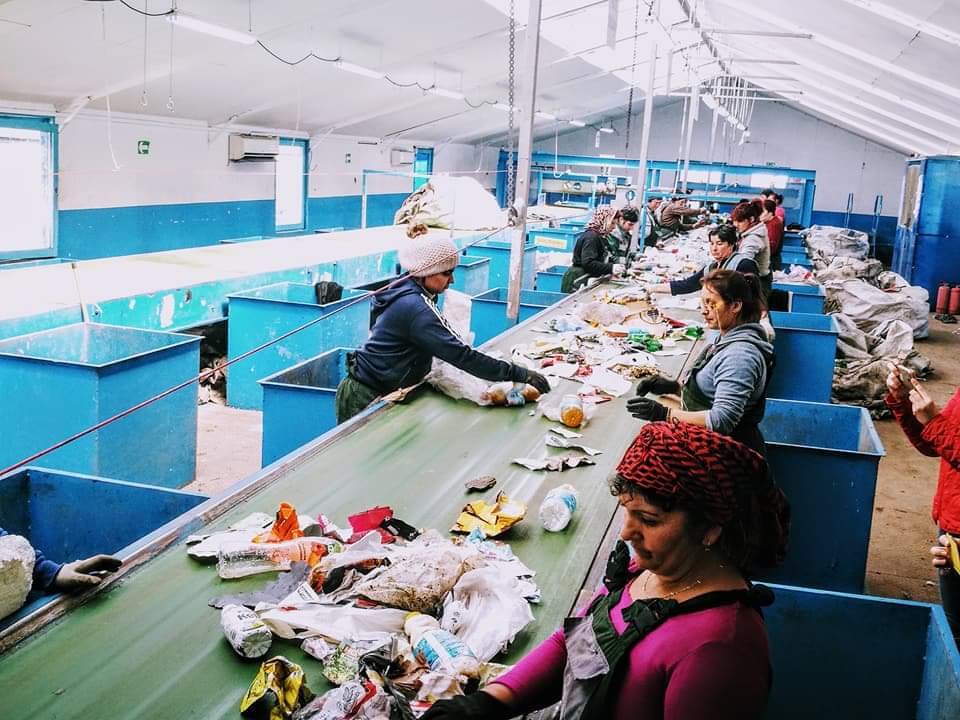
Ce se întâmplă la o stație de sortare a deșeurilor? // What happens to a waste sorting facility?
Scroll for English
Acum doi ani am fost la o stație de sortare a deșeurilor reciclabile. Evenimentul s-a petrecut in sectorul 6 și a fost gazduit de Urban S.A. Am scris la momentul respectiv pe vechiul blog despre asta, dar fiindcă acesta nu mai există, îl reiau aici. ♻️😊
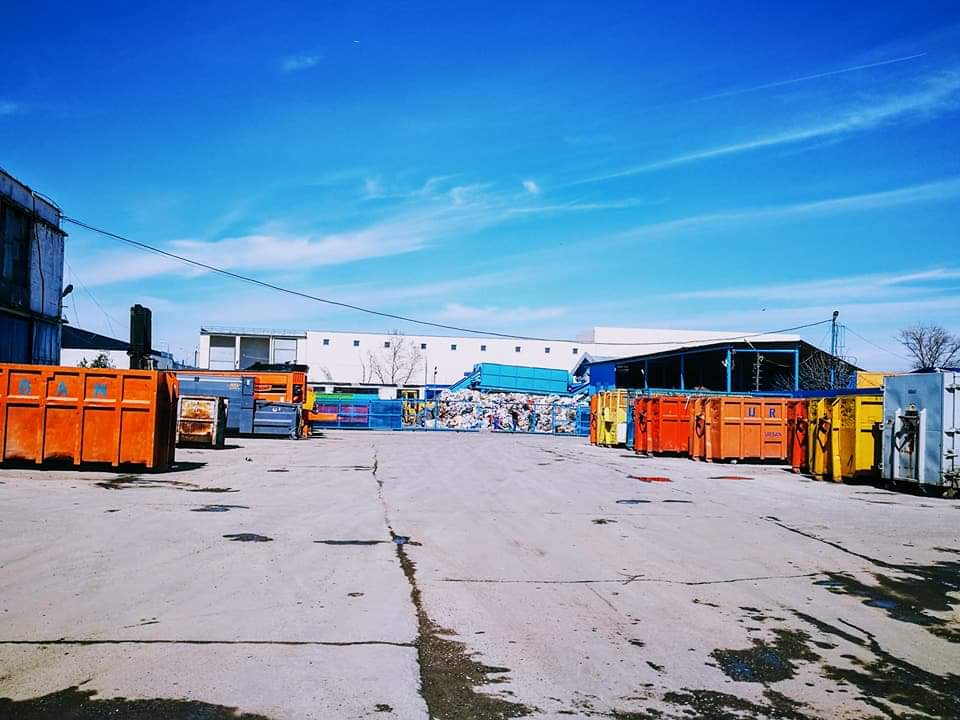
Actiunea de la statia de reciclare se petrece intr-o curte mare unde tronează un depozit pentru sortare. Cum am intrat, am vazut în curte mașinile care aduc deșeurile pentru a fi sortate in depozit. Din curte, mormanele aduse sunt încărcate de muncitori pe o bandă rulantă care intră în depozitul de sortare. Acolo, niște mâini dibace și niște ochi vigilenți separă deșeurile: sticlă separat de hârtie, separat de aluminiu, separat de PET și alte plastice. PET-urile se separa și ele pe culori: alb, verde etc.
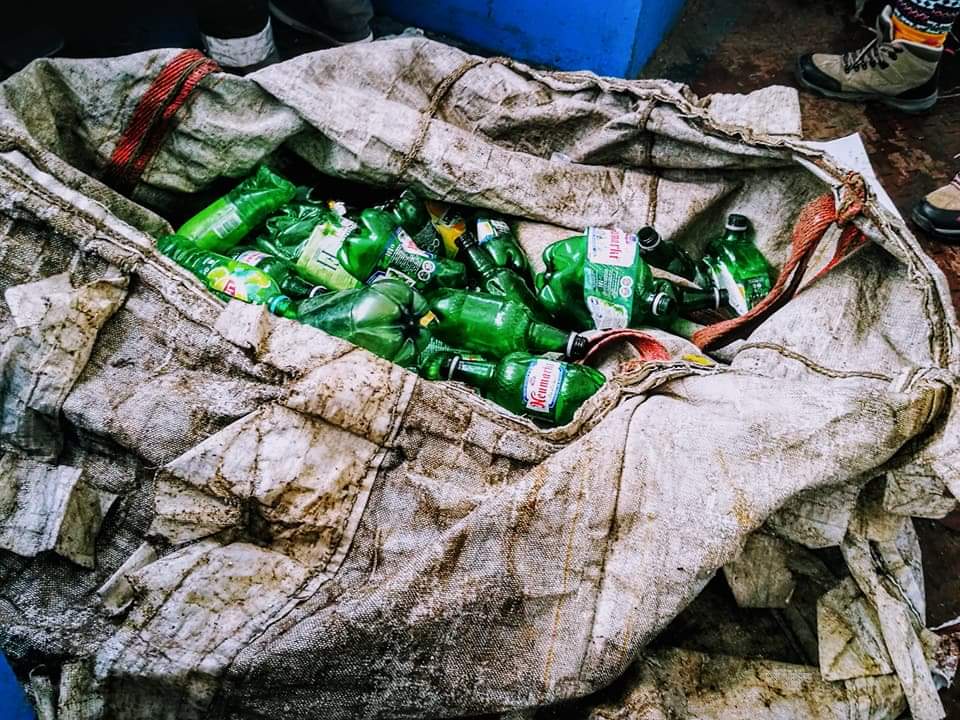
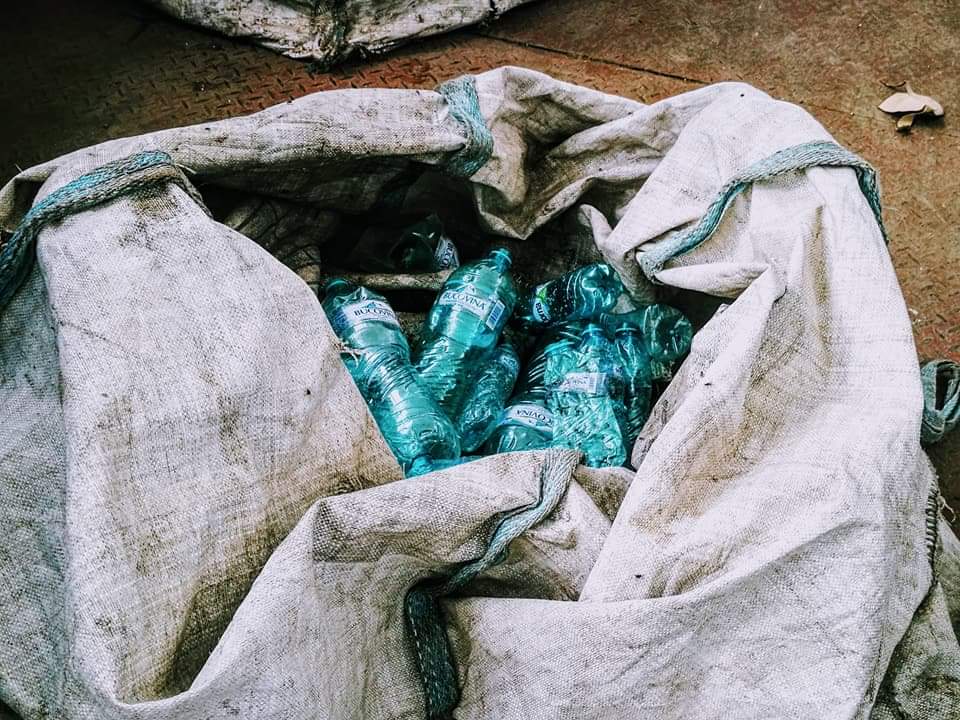
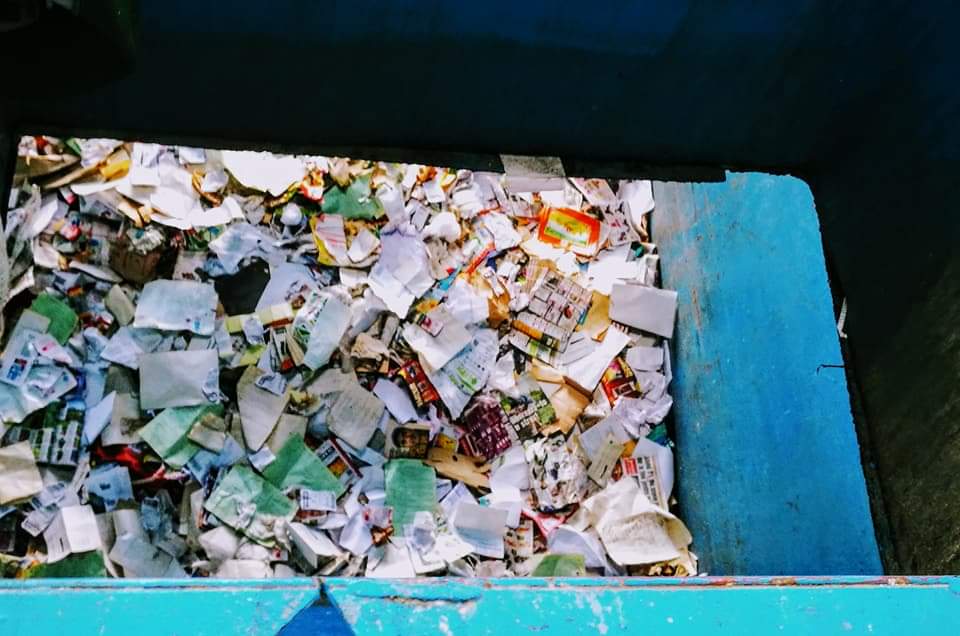
De pe bandă doar puține lucruri ajung la groapa de gunoi. Restul se duc spre fabricile care reciclează efectiv materia primă sau se valorifică, adica sunt vândute la o fabrică de ciment pentru a fi transformate în combustibil.
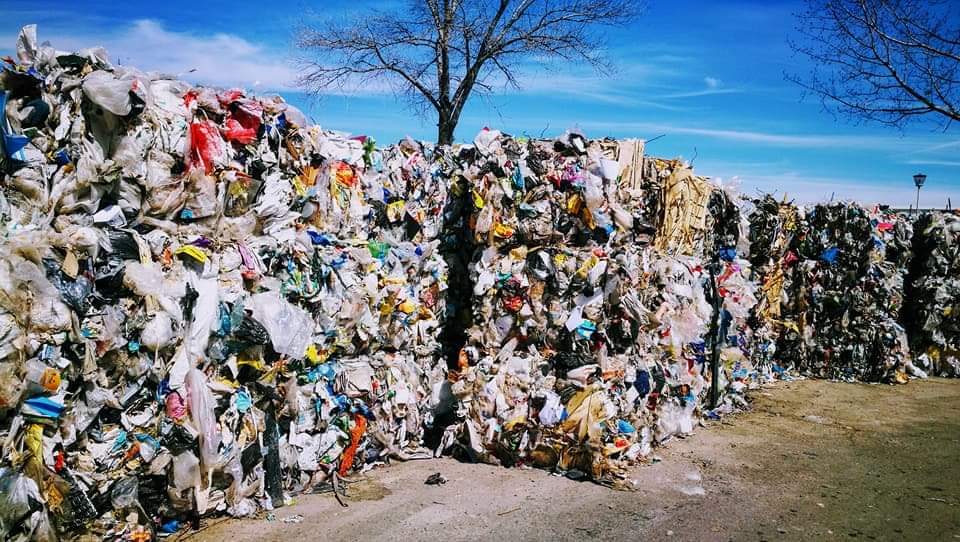
Cum am spus mai sus sunt și câteva materiale care nu pot fi reciclate: de exemplu sticlele albe de plastic pentru lapte (cum ar fi cele de la Napolact), din cauza vopselei folosite pe sticlă, care este toxică. Nu toate tipurile de plastic pot fi reciclate, și, în general, plasticul se reciclează de puține ori, apoi nu se mai poate refolosi pentru a se produce materiale noi.

Sticla, în schimb, se poate recicla la nesfârșit, în plus este și un material benefic pentru sănătatea noastră: nu emană toxine, produsele se păstrează foarte bine. Farfuriile, bolurile, cănile din porțelan nu pot fi reciclate și, ideal ar fi să nu le punem la sticlă, unde se amestecă cu aceasta, iar cioburile sunt imposibil de separat. Alternative la porțelan avem: lemn, lut (castroanele noastre tradiționale), inox și minunata sticlă. Paharele de cafea nu pot fi reciclate: nici cele de hârtie pentru că au un strat de plastic în acea hârtie care nu poate fi separat, nici cele de plastic (cum am zis mai sus, nu toate tipurile pot fi reciclate).
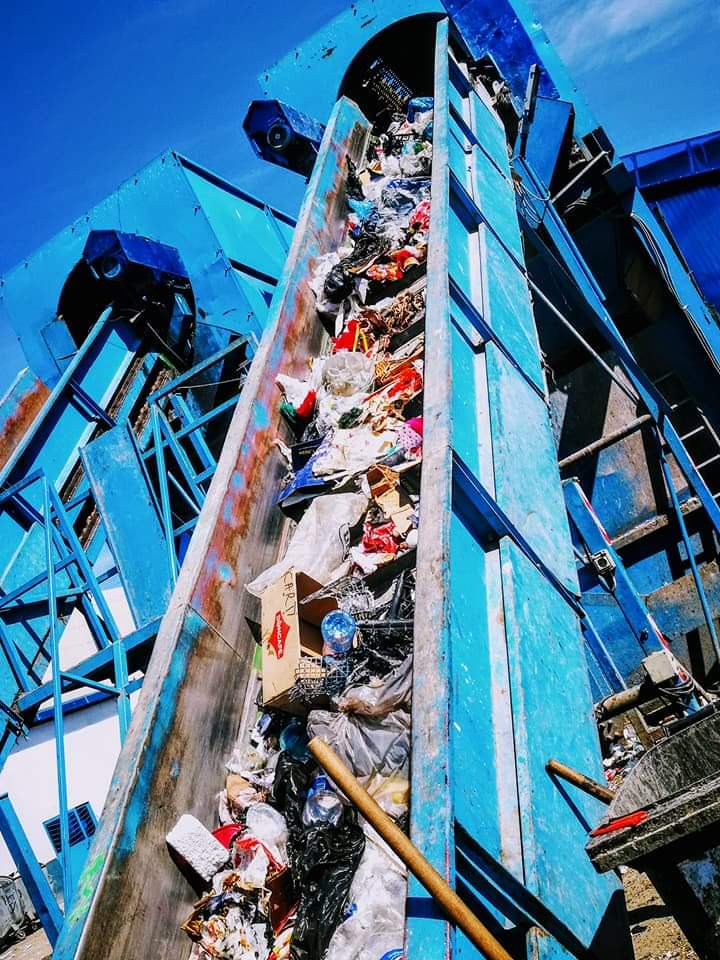
Nu sunt reciclate sticlele pline, containerele care au încă produse în ele, deci, ideal ar fi sa le golim înainte și, dacă avem posibilitatea să le curățăm, cu atât mai bine. Tot din categoria lucrurilor care nu pot fi salvate sunt și cutiile de pizza pline de grăsime (dar pot fi compostate), pungile și cutiile de chipsuri, adica tot ce implică grăsime (pungile cu cartofi prajiti și pui la rotisor de la Mega de exemplu).

Cutiile tetrapack (adica cele de carton pentru sucuri, lapte etc) pot fi reciclate, dar nu la noi în țară. Ele sunt strânse și trimise în Polonia.

Tâmplăria, țevile din PVC nu sunt nici ele reciclabile. Și, pe lângă asta, am aflat că sunt nocive pentru sanatate, deoarece emana vapori toxici.

Interesant în sectorul 6 este faptul că Urban S.A derulează acum un program de reciclare direct de la sursă. Asta înseamnă că s-au scos clopotele de reciclare selectivă și se oferă opțiunea ca fiecare casă sau asociație de propietari să încheie un contract cu Urban prin care se obligă să separe deșeurile în două părți: fracție uscată (adică tot ce înseamnă reciclabil: hârtie/ carton, sticlă, plastic, aluminiu) intr-o singură pubela și fracție umedă (deșeul menajer) în altă pubela. În schimbul acestui contract, gospodăria respectivă va avea taxa zero la gunoi. Acești saci cu fracție uscată ajung la stația de reciclare unde urmează traseul descris mai sus.

Și, au implementat și un program de reciclare textile: adică hainele care nu mai pot fi purtate, vor fi stranse și duse la o fabrică de reciclare și recuperare textile din Satu Mare. De asemenea tot cei de la Urban pot fi contactați și dacă vreți să scăpați de mobila veche și nu găsiți unde să o donați.
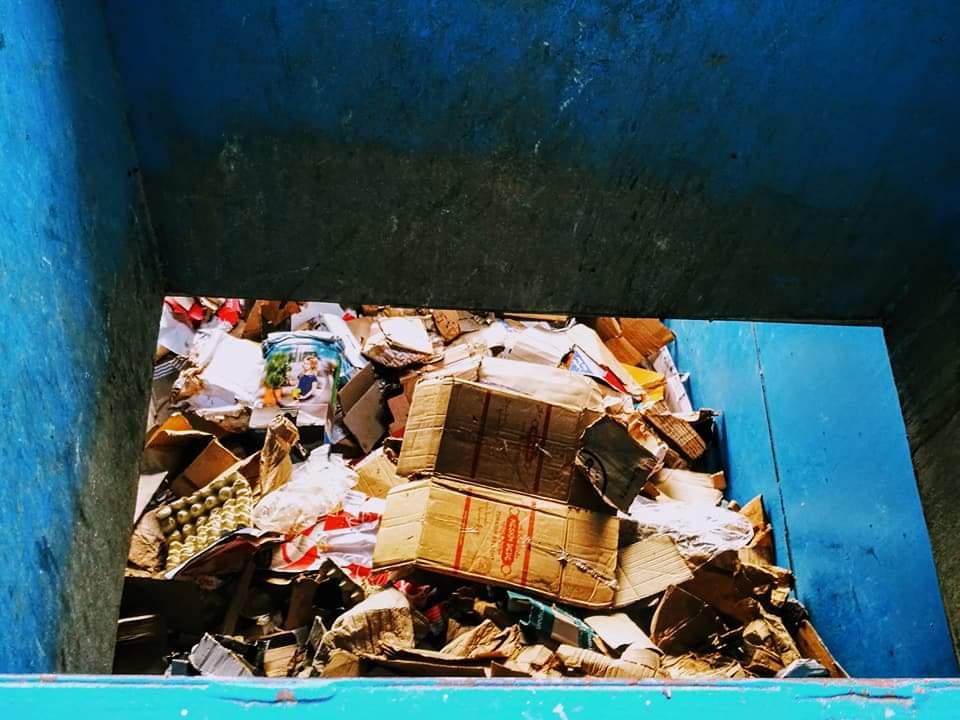
Cu ocazia asta, am aflat și răspunsul la o întrebare care mă macină de mult și pe care o tot auzeam în jurul meu: de ce se strâng reciclabilele cu aceeasi mașină, și nu cu mașini diferite pentru fiecare categorie. Există trei motive mari și late: este mai eficient din punct de vedere al timpului, este mai putin poluant ca o mașină să ridice toate categoriile, decât 3 mașini diferite, și pentru că nu mereu se respectă indicațiile de reciclare și tot trebuie luate la mana și separate la sediu.
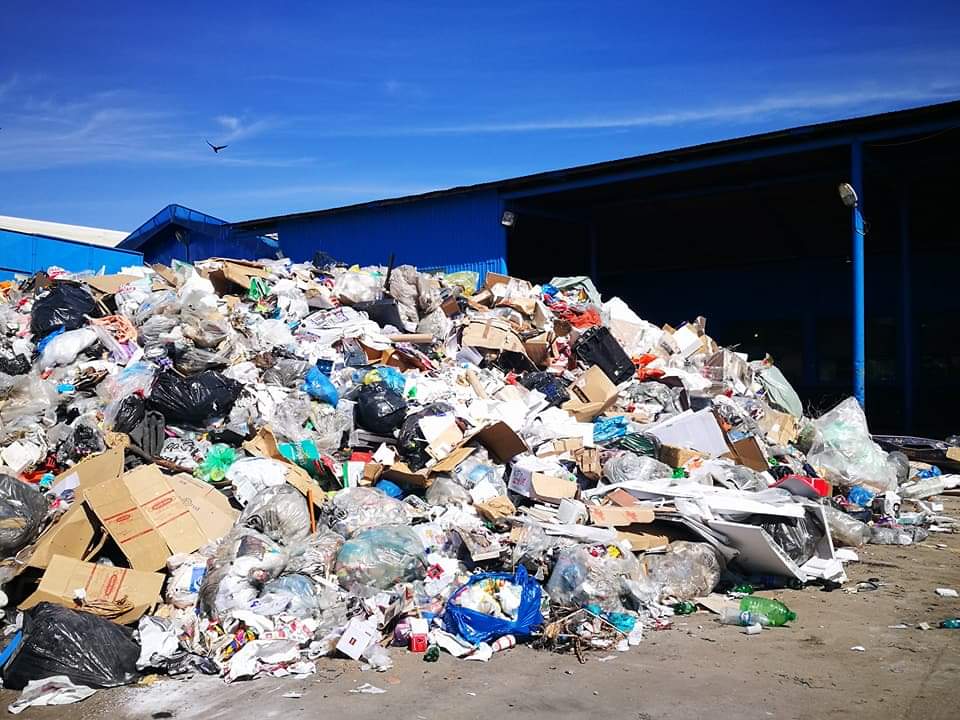
Ok, toate bune și frunoase, dar până la urmă, de ce ar trebui sa reciclăm? Pai, pot sa vă spun așa: deseurile duse la groapa de gunoi devin toxice, poluante (unul din compușii generați este metanul); ritmul alert în care consumăm tot felul de produse umple extrem de repede gropile de gunoi și astfel se tot crează altele noi. Iar incinerarea deșeurilor s-a demonstrat a fi mai poluantă decât arderea cărbunelui.
English below:
Two years ago I went to a sorting station for recyclable waste. The event took place in sector 6, and was hosted by Urban S.A. I wrote a post about it at that time on the old blog, but because it no longer exists, I will resume it here. ♻️😊
Everything takes place in a large courtyard where the sorting facility is set up. As I entered, I saw in the yard some trucks that bring the waste to be sorted into the warehouse. From the yard, the piles brought are loaded by workers on a conveyor belt wich enters into the warehouse to be sorted. There, the workers separate the waste: glass from paper, separated from aluminium and PET and other plastics. The PETs are also separated into colors: white, green, etc.
From the conveyor belt only a few things go to the landfill. The rest goes the recycling faculties or they are sold to the cement factory to be converted into fuel.
As I said above, there are some non-recyclable materials, such as white plastic milk bottles (like those from Napolact’s), because of the paint used on the bottle, which is toxic. Not all types of plastic can be recycled, and in general, plastic is rarely recycled, only a few times, than it cannot be used anymore.
Glass, on the other hand, can be recycled endlessly and it’s very ok for our health: it does not release toxins, the products are being stored very well in it. The plates, bowls, porcelain cups cannot be recycled and, ideally, we should not put them alongside glass, where they mix with it, and are impossible to separate. Alternatives to porcelain: wood, clay (our traditional bowls), stainless steel and wonderful glass. Coffee cups cannot be recycled: neither the paper ones because they have a plastic layer in that paper that cannot be separated, nor the plastic ones (as I said above, not all types can be recycled).
Bottles, containers that still have products in them are not recycled, so it would be ideal to empty them first and, if we can clean them, even better. Also in the category of things that can not be saved are the pizza box full of fat (but it can be composted), chip’s bags and everything that involves fat.
Tetrapack (ie for juices, milk etc) can be recycled, but not in our country. They are collected and sent to Poland.
PVC pipes, windows and so on, are not recyclable either. And besides, I learned that they are harmful to our health because they emit toxic vapors.
Interesting in sector 6 is that Urban S.A is now running a recycling program directly from the source. This means that the selective recycling bells have been removed and the now there is an option for each household or owner association to close a contract with Urban, which states that the building will separate waste into two parts: dry fraction (ie all that means recyclable: paper / cardboard, glass, plastic, aluminum) and wet fraction (if you can’t compost it). In exchange for this, those households will have zero garbage fee. The bags with reciclabiles reach the recycling station where they follow the route described above.
And, they also implemented a textile recycling program: meaning the clothes that you can no longer wear, will be collected and taken to a textile recycling facility in Satu Mare that can recover what can still be used. Also, you can contact Urban if you want to get rid of old furniture and can’t find where to donate it.
On this occasion, I also found out the answer to a question that made me wonder a lot and that I hear over and over from other people too: why recyclables are collected in the same truck, and not with different ones for each category. There are three big reasons: it is more time efficient, it is less polluting for a truck to lift all categories, than 3 different machines, and because the recycling instructions are not always respected and the reciclabiles must still be sorted by hand and separate at headquarters.
Okay, all fine and dandy, but in the end, why should we recycle? Well, I can tell you this: the waste taken to the landfill becomes toxic, polluting (one of the compounds generated is methane); the alert pace in which we consume all kinds of products fills up the landfill extremely fast. And waste incineration has proven to be more polluting than coal burning.

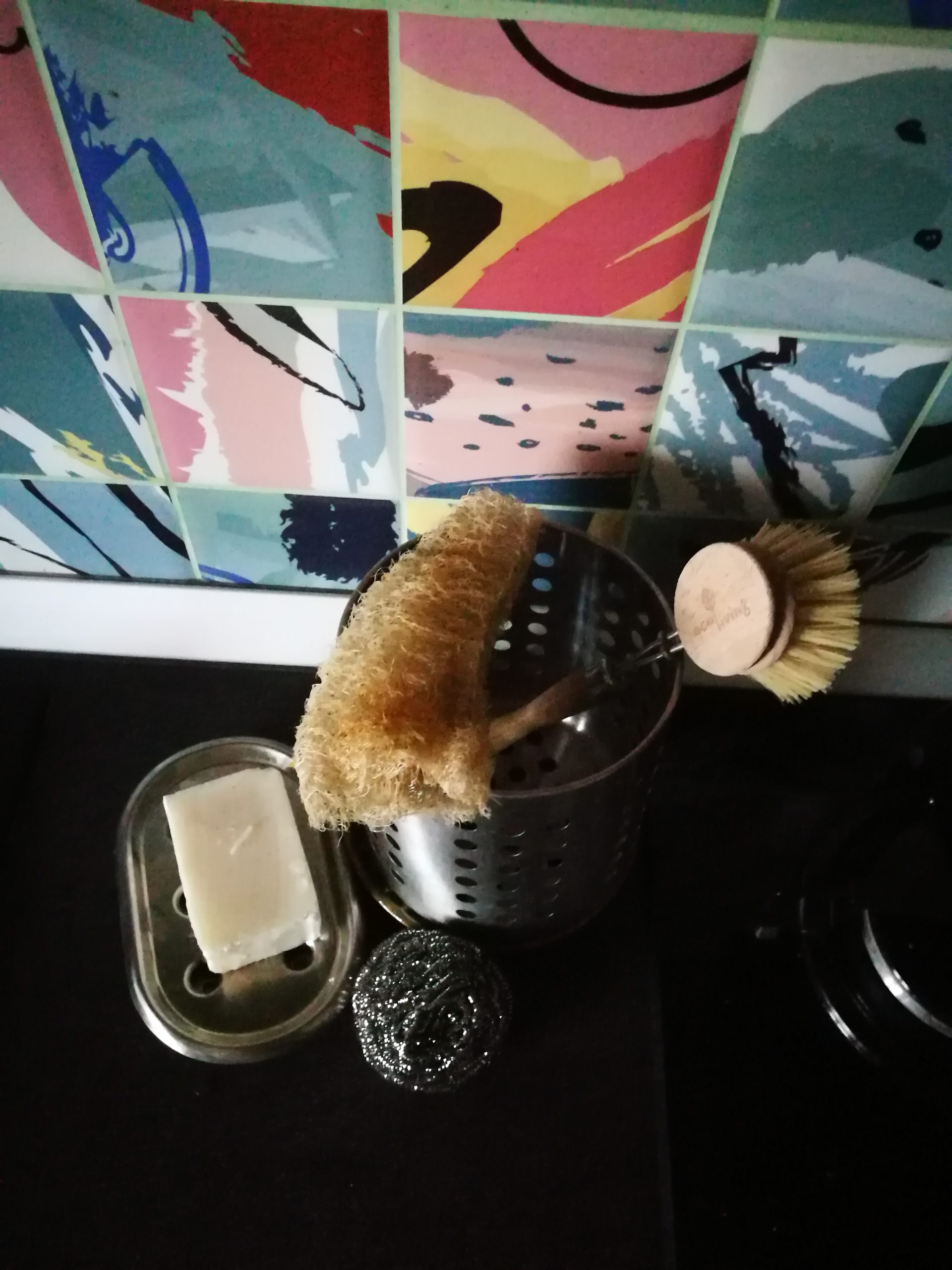

Comments
Super articol! Tocmai ce mi ai raspuns la toate întrebările pe care le aveam de aproape un an (reciclez de vreo 5 ani).
Pe deasupra, sunt si din sector 6.
Mulțumesc!
Ah, deci suntem vecine. 😊 Mă bucur tare mult că ai găsit informații utile.
Felicitări pentru articol, Corina, mă bucur să găsesc informații despre acest subiect, reciclarea în București. Și pentru pasiunea pentru ecologie, în general. Toate cele bune, Nadina
Mulțumesc, Nadina. Mă bucur că l-ai găsit folositor! Bine ai venit pe blogul meu!
O zi minunată,
Corina!